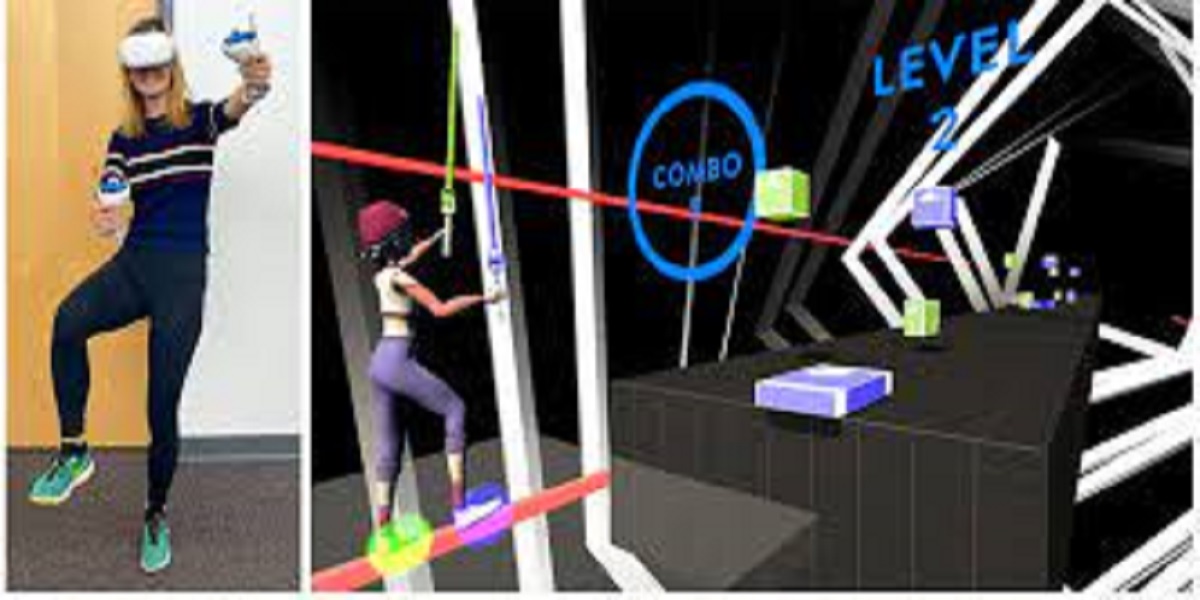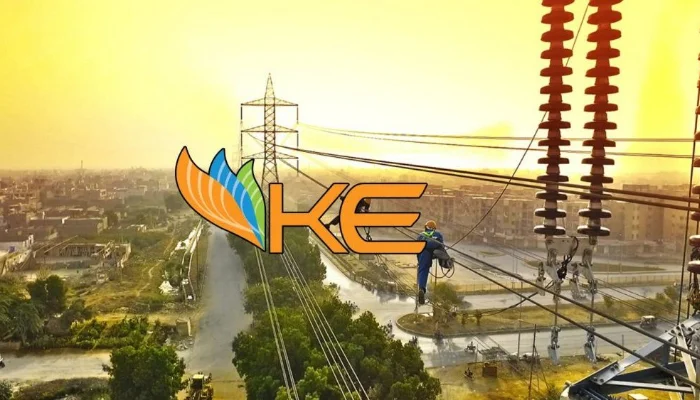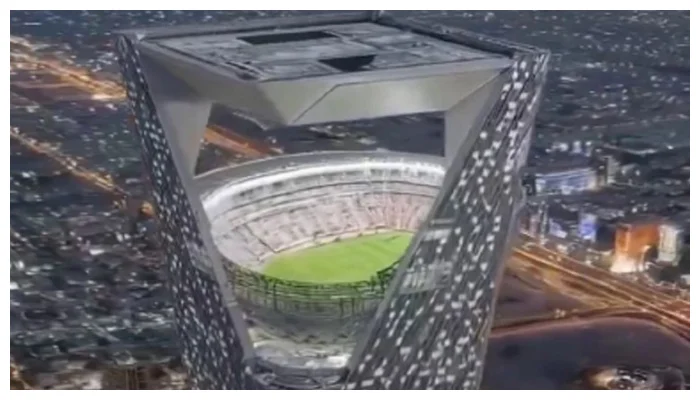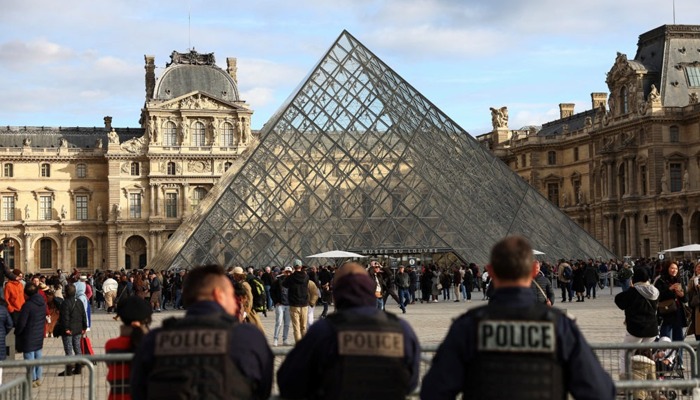If you’re a newcomer to virtual reality, you’ll notice something odd about your appearance: Depending on the app, you may look down to see you’re represented by an avatar that’s just a floating torso or nothing but a pair of hands.
While wireless headsets and handheld controllers laden with sensors and software do a good job of tracking your upper body in VR, actual leg tracking is still rare. That’s because it tends to require an array of sensors on or around you to do it well, which most consumers don’t want to buy. (Some apps, such as VRChat, do offer full-body avatars, but they tend to use software to approximate lower-body motions.)
Now, a group of researchers at Carnegie Mellon University (CMU) are offering a possible solution to the leg tracking problem that has so far arguably limited how immersed people can really feel in virtual spaces.
The researchers came up with a way to track a person’s entire body by affixing cameras with fisheye lenses to a pair of Facebook-parent Meta’s Quest 2 controllers, which is currently the most popular VR headset by far (and, like most headsets on the market, does not currently offer leg tracking). As a Quest 2 headset wearer held the controllers, the cameras captured images of their body and were used to control a full-body avatar in several VR demos the researchers created.
With the prototype, users could make their avatar kick and stomp blocks in “Feet Saber” (a tongue-in-cheek reference to the popular VR game “Beat Saber”), or twist and turn into the right position to pass through an obstacle in a sort of human-sized “Tetris” game. The researchers also came up with demos that let users kick a soccer ball and defend a goal from incoming hockey pucks.
“I think the legs are expressive. I think they are important to see how people are moving around — not just for locomotion but body pose for human-to-human interactions,” Chris Harrison, an associate professor of human computer interaction at CMU and a coauthor of the study,
If you’re a newcomer to virtual reality, you’ll notice something odd about your appearance: Depending on the app, you may look down to see you’re represented by an avatar that’s just a floating torso or nothing but a pair of hands.


















